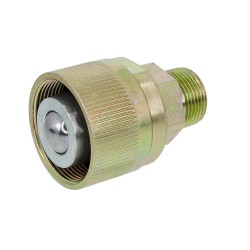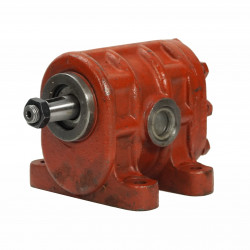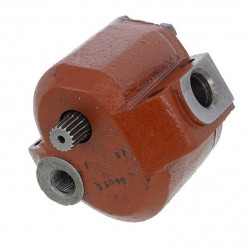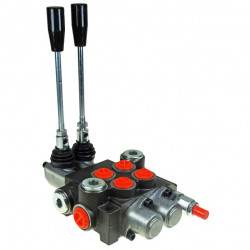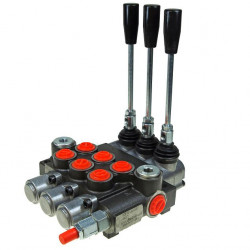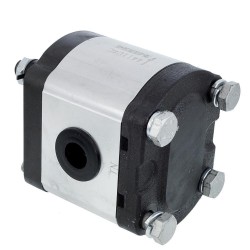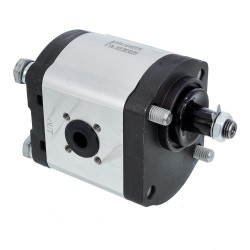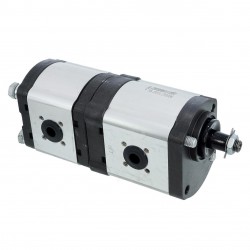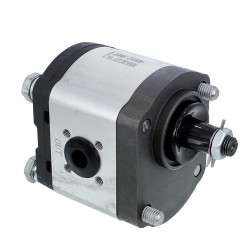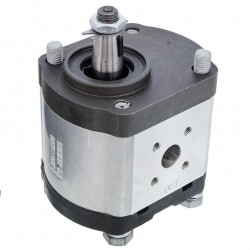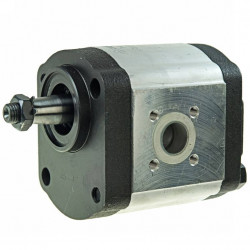Power hydraulics
Hydraulics is a field of technology that uses the energy of hydraulic fluids to control and drive machines and devices. It works on the principle of transmitting force using fluids under pressure, which allows for precise control of movement and the generation of large forces in compact systems.
Basic components of the hydraulic system:
Hydraulic pumps: Generate hydraulic fluid flow by converting mechanical energy into pressure energy.
Hydraulic actuators: Convert hydraulic energy into mechanical energy, performing linear or rotary movements.
Hydraulic valves: Control the flow, direction and pressure of fluid in the system, allowing precise control of system operation.
Hydraulic lines and hoses: Transport hydraulic fluid between individual system components.
Hydraulic filters: Cleanse hydraulic fluid from contaminants, protecting components from damage.
Application of power hydraulics:
Power hydraulics are widely used in various industries, such as:
Industry: Drives production machines, presses, injection molding machines and other devices requiring high forces.
Construction: Used in excavators, loaders, cranes and other construction machines.
Agriculture: Used in tractors, combines and other agricultural machines to control various functions.
Automotive: Used in braking and steering systems and in car lifts.
Aviation: Used in aircraft control systems, such as control of lifting surfaces and landing gear.
Advantages of power hydraulics:
High force in a compact form: Ability to generate high forces in a relatively small system size.
Precise Control: Easily adjust speed and force for precise movement control.
Design flexibility: The system can be easily adapted to suit different application requirements.
Reliability: Simple design and few moving parts result in high system reliability.
Thanks to these properties, power hydraulics are irreplaceable in many areas where high forces and precise motion control are required.


